The Fields
At the rhythm of nature from the ear to pasta,
this is our way of doing the supply chain
PHASES
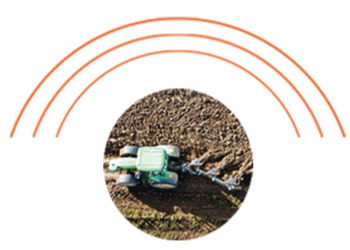
Soil Preparation
Plowing and Harrowing
are alternated to make
the soil soft and airy in sowing
anticipation of sowing
Sowing
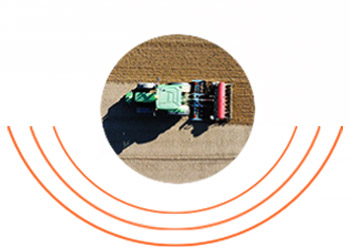
seeds are sown
in the seedbed
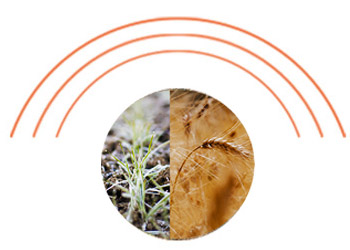
Grain Care
Meticulous monitoring activity
in relation to weather
conditions, targeted
nourishment to the plant
in relation to weather
conditions, targeted
nourishment to the plant
Harvesting & Threshing
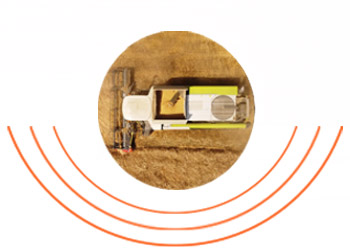
the cycle’s final stage,
the ripe ear is harvested
and the grain is separated from the stalk.
MONTHS
August – October
We begin to lay the foundations for the next harvest, it is a delicate and crucial phase for Pasta Bossolasco to grow well.
November – December
It is sowing time in the fields of the Bossolasco farm, the ears of tomorrow begin to grow today.
January- June
The period of the already, but also of the not yet. These are waiting times for the grain to fully ripen, almost ready to be picked but not ripe enough to be threshed.
July
The wheat in our fields bends under its own weight, turns brown and it is time to harvest it. Threshing is the moment when the wheat says goodbye to the land that has guarded and nourished it and passes into the hands of those who will transform it into the Bossolasco pasta of the future!
The earth needs listening to and sensitivity.
the good farmer first listens to the earth
The good farmer is the one who consciously chooses the suitable soil for each type of wheat keeping in mind two basic concepts: quality and productivity. He knows his lands behavior and climatic impact. He constantly follows the entire production cycle from sowing to harvest.
As good farmers we constantly monitor light hours and climatic conditions for the various seasons, we use the least possible amount of fertilizers and we carry out a regular crop rotation to allow the soil to breathe and make the most of it. For us, being in tune with the natural system and knowing every nuance is essential to be able to build piece by piece a bond that goes beyond the production cycle.
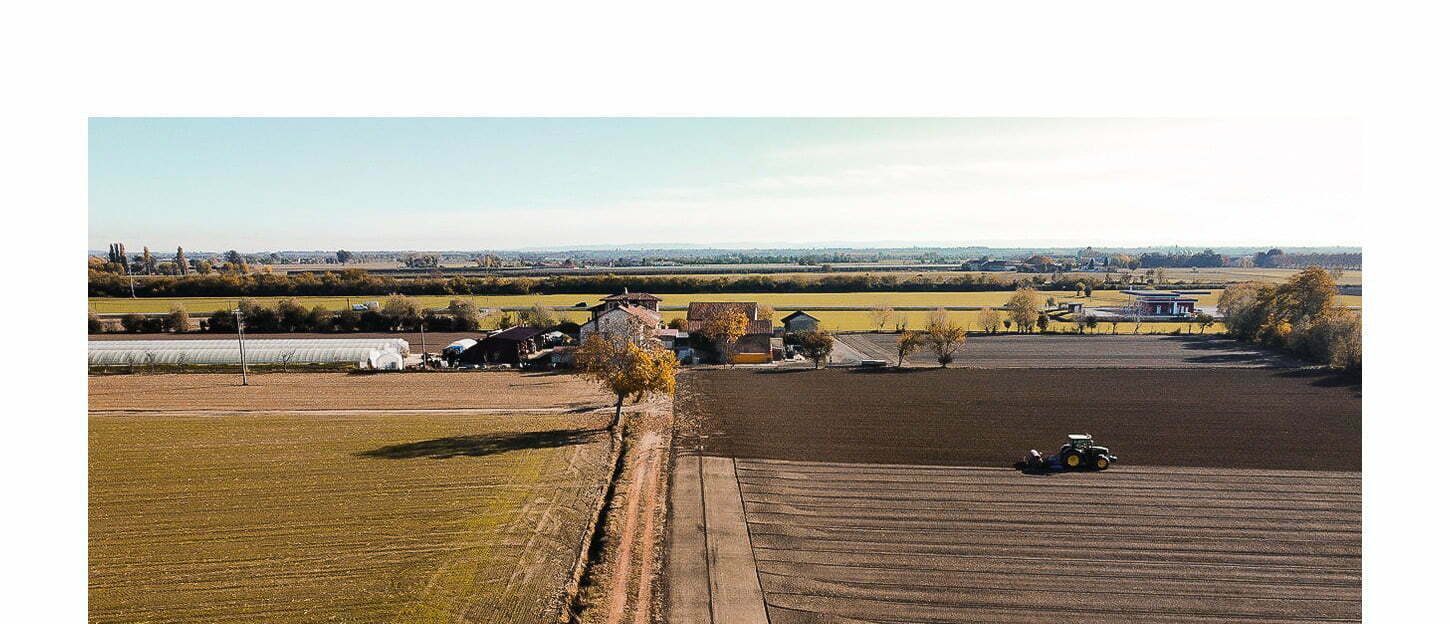
Why do we also grow corn if we make pasta?
Since wheat is a depleting plant that pauperizes soil, we apply crop rotation on the same plot, alternating wheat with those plants that enrich the soil, with the aim of rebalancing biological, chemical and physical properties in the cultivated soil.
Agronomic advantages::
- improvement of the soil structure and its functionality,
- increase in edaphic microorganisms,
- enrichment in terms of nutritional elements,
- control of pathogenic adversities,
- management of weeds.
Renewal crops:they require special crop care, which at the end of the cycle positively affects the structure of the soil (e.g. corn, sugar beet, potato, tomato, sunflower, etc.).
Improving crops: increase the soil fertility, enriching it with nutrients (mainly legumes, such as alfalfa or clover, which are able to fix atmospheric nitrogen).
Depleting crops: they exploit the nutrients present in the soil and impoverish it (eg wheat).
In the classic crop rotation / rotation scheme, the plants follow one another as follows:
Renewal Crop (Sunflower) – Improvement Crop (Clover) – Depauperative Crop (Wheat)
Contact Us
Pasta Bossolasco Società Semplice Agricola
Strada San Grato Collarea, 3
12038 Savigliano (Cn) Italy
P.IVA 03977860042 – C.F. 03977860042
REA CN-327661
pastabossolasco@mypcert.it
Strada San Grato Collarea, 3
12038 Savigliano (Cn) Italy
P.IVA 03977860042 – C.F. 03977860042
REA CN-327661
pastabossolasco@mypcert.it
Pasta Bossolasco Società Semplice Agricola
Strada San Grato Collarea, 3
12038 Savigliano (Cn) Italy
P.IVA 03977860042 – C.F. 03977860042
REA CN-327661
pastabossolasco@mypcert.it
Strada San Grato Collarea, 3
12038 Savigliano (Cn) Italy
P.IVA 03977860042 – C.F. 03977860042
REA CN-327661
pastabossolasco@mypcert.it
© Pasta Bossolasco - CREDITS


